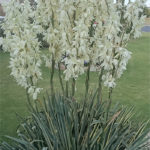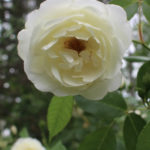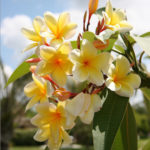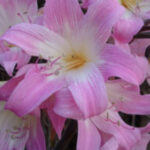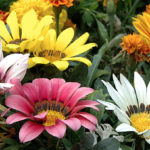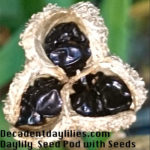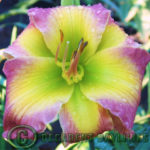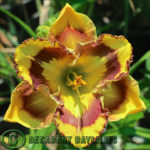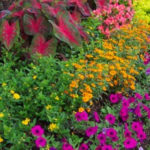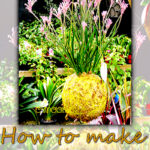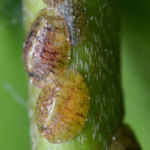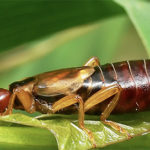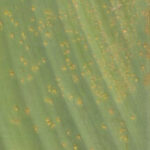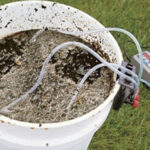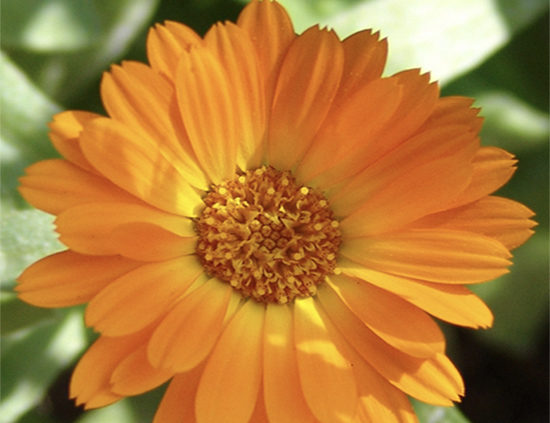
Marigolds Calendula Care
Marigolds How To Grow And Care For Calendula Plants?
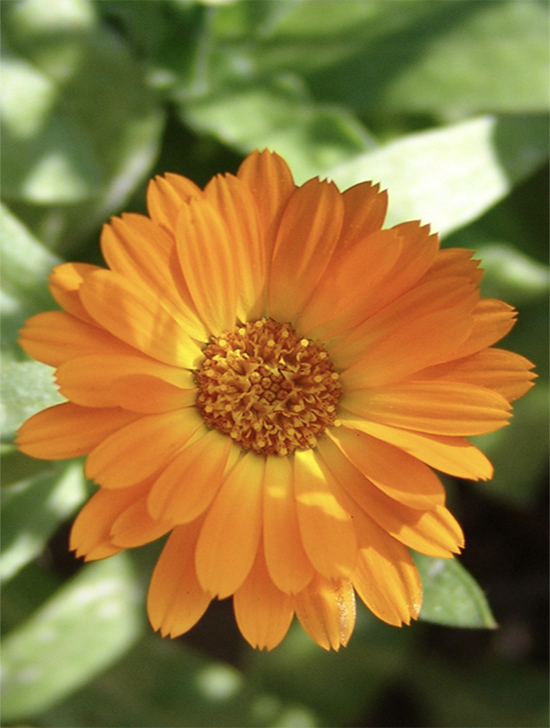 Calendula or Pot Marigolds is herbaceous annual or perennial plant belonging to the Asteraceae family. Marigolds as I knew these flowers as a child, were among the first plants I saw in the garden. I probably remember them so much because they were sticky and to me back then, they had a bad smell, but I use to love to pluck the flower petals when the flowers were fully opened.
Calendula or Pot Marigolds is herbaceous annual or perennial plant belonging to the Asteraceae family. Marigolds as I knew these flowers as a child, were among the first plants I saw in the garden. I probably remember them so much because they were sticky and to me back then, they had a bad smell, but I use to love to pluck the flower petals when the flowers were fully opened.
These plants are native to Western Europe, Mediterranean, and southwest Asia. These plants are traditionally used as medicinal and culinary herbs. Marigold Plants have orange or bright yellow flowers. Calendula Plants are easy to grow and the petals of the flower are edible and are plucked from the flower and used to, brighten up and serve with salads. They are also used as a colouring agent for cheese and butter. These plants are frost tolerant and are good as a garden bed plant or container plants for outdoor spaces. The flowering period extends from early summer to the first frost. The double blossoms are about 2.5 to 4 inches in width. They are good to be grown as patio plants or in mixed borders if you ought to, spread them throughout the whole garden. The plant grows to a height of 18-24 inches.
Where and how to plant?
Marigolds are not fussy and easy care plants they prefer full sunlight but can grow in lightly shaded areas in warmer parts of Australia. They can be grown in garden beds or pots containing compost-rich soil.
- You can sow the seeds directly in the garden bed after the last frost or can start them indoors about 6-8 weeks before the last frost.
- It will take 5-15 days for the seeds to germinate.
- The plant can grow in well opened ground with average to poor soil.
- Watering is needed during the growing period.
- Make sure that the flower bed does not get waterlogged during heavy rain.
- Deadheading the plant can induce blooming.
- Pinching the tips will keep the plant bushy and attractive.
- The plant requires an application of liquid bloom fertiliser regularly to promote the growth of big blossoms.
Mulching will help to prevent the weeds and to conserve soil moisture.
Growing Calendula from seeds
Once you have marigolds you can collect and sow fresh seed every single year. Calendula produces lots of seeds and they have a very high success rate of germination. The seeds are a strange shape, they present themselves as a half moon shape. You can collect the seeds of each one of the plants, by cutting the blooms when the plants dry out, drying every plant by hanging the plants upside down. Plant the seeds at least ½ inch deep in the soil with a spacing of 4-6 inches. Cover them lightly with garden soil. Water the seedbed thoroughly after sowing the seeds and keep the soil moist till the seeds germinate which won’t be long. When the plant reaches 3 inches in height thin the seedlings so that the plants have 8-12 inches of space between them. If the soil is already enriched with the compost the plant may not require any additional fertiliser. If you plant Calendula Plants in your garden, plant them where they can be grown undisturbed, they will remain for many years in the area as they should reseed for you easily every year. The seeds will take just over one month to flower from planting the seeds and the seeds sprouting.
Pests and diseases
The biggest problem in growing Calendula is that they are highly prone to insect attacks and plant diseases. The most common insects that attack Calendula are aphids. You can use an insecticide or horticultural soap to get rid of aphids. Mildew is a common disease that affects Calendula. The attack is more often in hot humid conditions or during rainy weather. Appropriate fungicides can be used to treat mildew. Before adding the pretty flowers of Calendula to the indoor floral arrangements. Make sure that there are no aphids on the flowers. Calendula has an unpleasant odour and is maybe not, the preferred flower by many, for an indoor flower arrangement.


